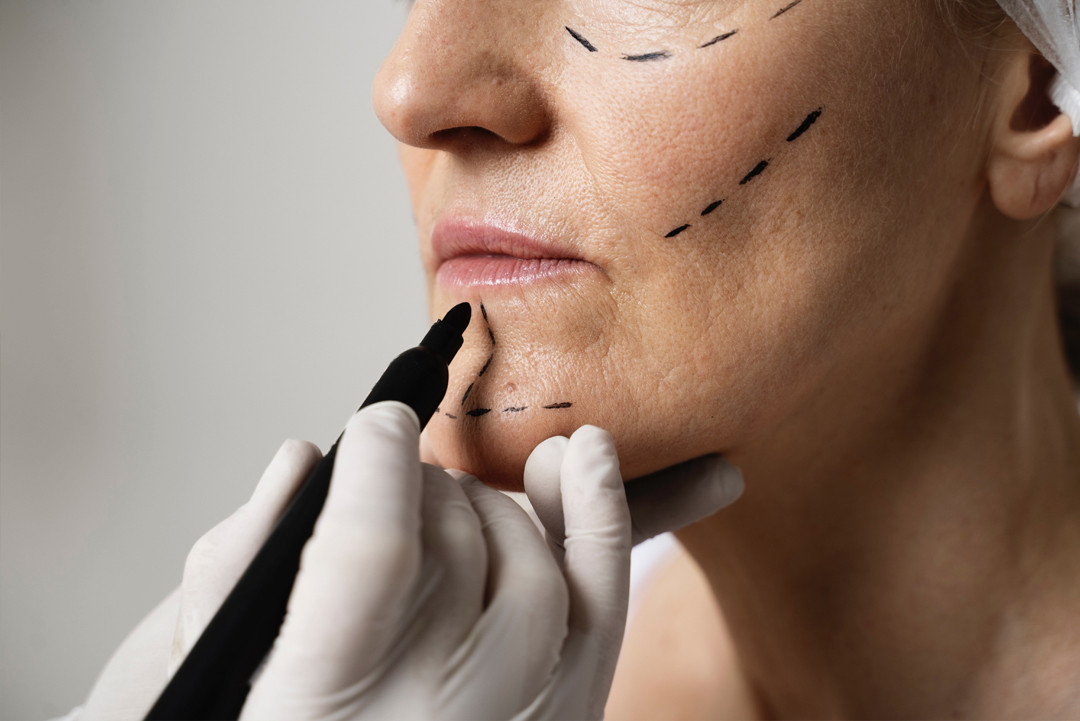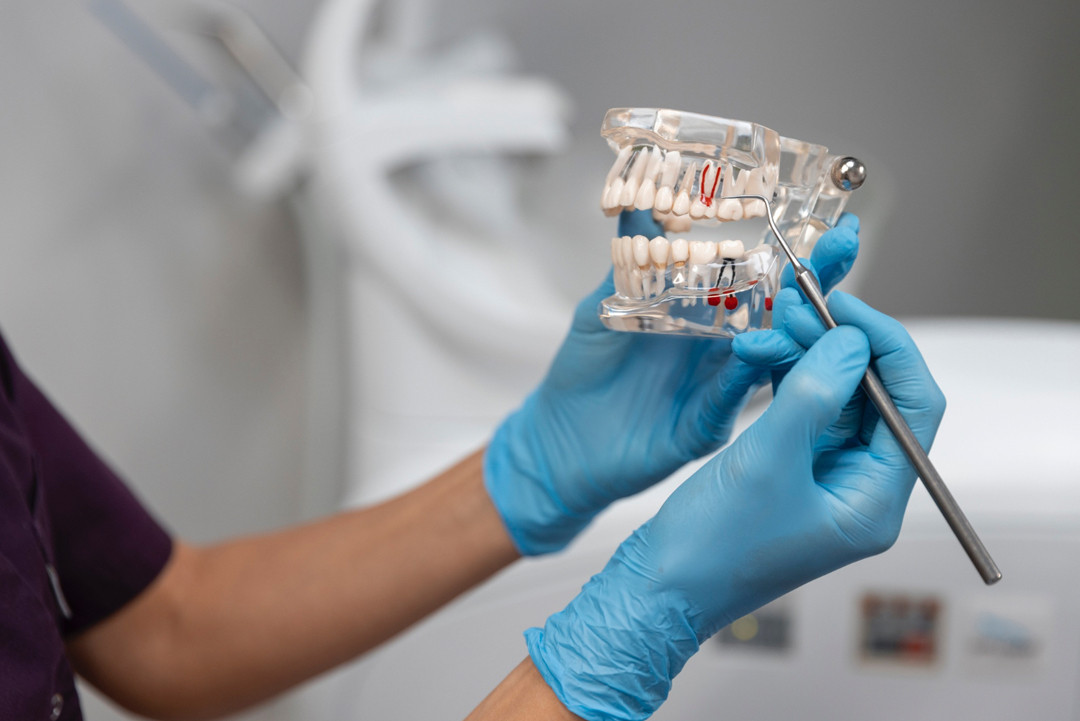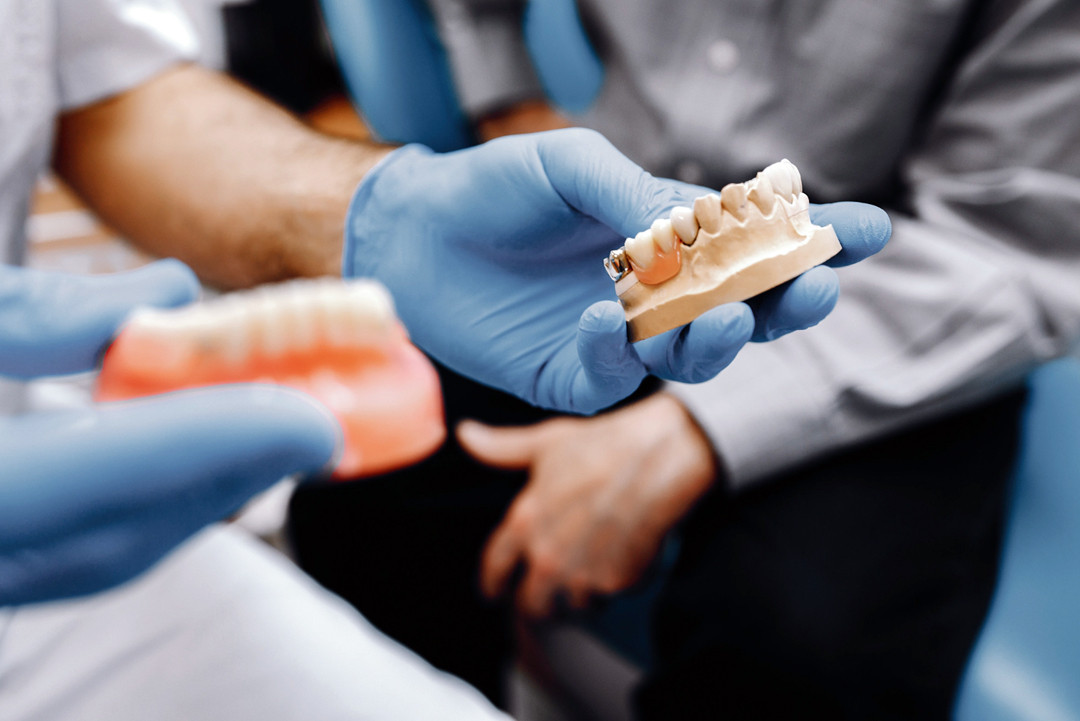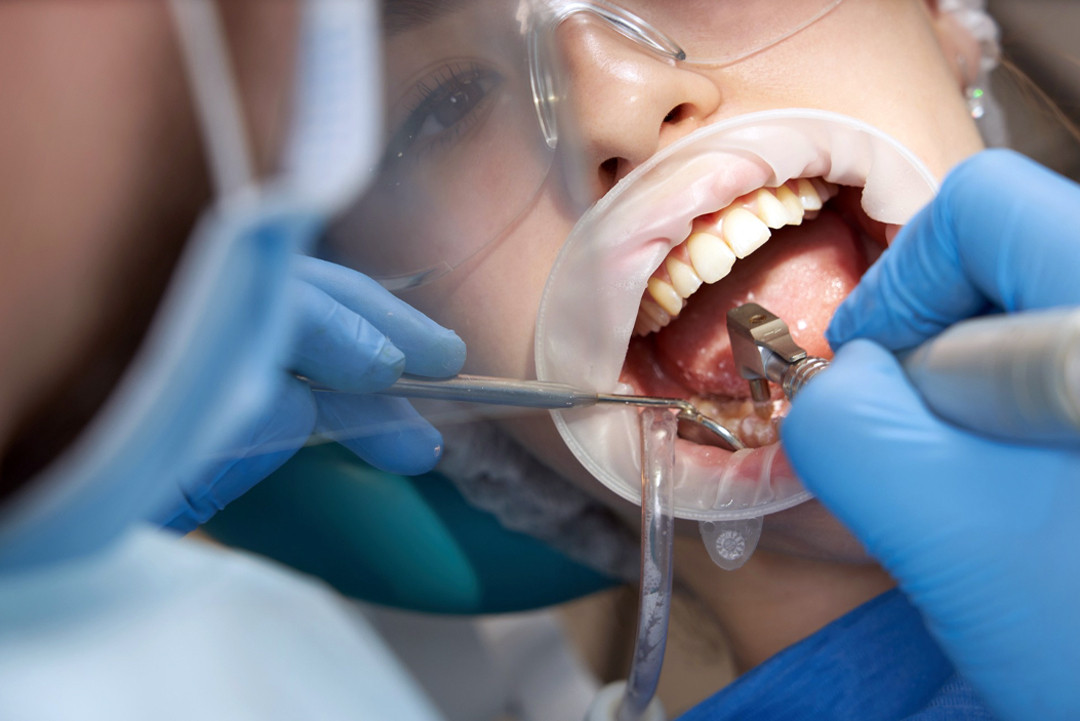Aesthetic Surgery
Aesthetic, or cosmetic surgery, focuses on enhancing a person’s physical appearance. These procedures are typically elective, meaning they are chosen by individuals for personal reasons rather than medical necessity. However, there are instances where plastic surgery becomes essential, such as addressing congenital anomalies or repairing damage caused by burns.
Plastic and Reconstructive Surgery
Plastic surgery encompasses procedures aimed at repairing or reconstructing bodily defects or abnormalities. This field includes both aesthetic and reconstructive surgeries. Reconstructive surgery, a subset of plastic surgery, addresses functional impairments caused by trauma, burns, or congenital issues.
Reconstructive surgeons perform procedures to restore functionality and correct physical deformities on various parts of the body. For example, breast reconstruction after mastectomy, limb preservation surgeries, facial reconstruction, and hand surgeries fall under this category. Treatments like cleft lip and palate repair, lymphedema surgery, and migraine surgery are also part of reconstructive care, addressing a range of issues stemming from trauma, cancer, or infections.
Plastic surgeons typically undergo extensive training in these specialized areas. They collaborate with patients to create personalized treatment plans, employing techniques such as surgery, skin grafts, and tissue expansion to achieve desired results.
Today, aesthetic operations play a critical role in treating severe conditions like traumatic limb loss and burns, as well as enhancing quality of life. They are also popular for social and psychological benefits, such as improving self-esteem. Procedures like hair transplantation, breast augmentation, rhinoplasty, and Botox are some examples within the realm of aesthetic surgery.
Popular Procedures
Burn Surgery
Burns, caused by chemical, thermal, or electrical sources, are among the most severe traumas. Depending on their depth, burns are classified as first, second, or third degree. While immediate medical attention is crucial to prevent complications, surgical treatments help minimize long-term damage. Burn surgeries often address issues like scar tissue formation or contractures, which are tight bands of scarred skin restricting joint movement. Techniques like tissue expansion, skin grafting, or flap repairs are commonly used to treat burn-related scars and improve mobility.
Hair Transplantation
Hair transplantation involves moving hair follicles from a donor site to a balding or thinning area of the scalp. The procedure may involve extracting a strip of skin or individual follicles using specialized tools. The transplanted follicles grow new hair at the recipient site, restoring the appearance of a fuller scalp.
Breast Augmentation
Breast augmentation enhances breast size or shape using implants or fat grafting. It is often performed to improve symmetry, restore volume lost due to aging or weight changes, or enhance appearance. Implants, either silicone or saline, are positioned under the breast tissue through small incisions. The procedure is conducted under general anesthesia and typically takes 60–90 minutes.
Facelift
A facelift tightens the skin and underlying tissues of the face to reduce wrinkles and sagging, rejuvenating one’s appearance. Depending on the patient’s needs, the procedure may target the lower, mid, or entire face. During the surgery, excess skin is removed, and tissues are repositioned to achieve a more youthful look.
Lip Surgery
Lip surgery alters the lips’ size, shape, or symmetry for functional or cosmetic purposes. Lip augmentation uses fillers or implants to add volume, while lip reduction removes excess tissue to create a smaller, more proportionate appearance.
Rhinoplasty
Commonly referred to as a “nose job,” rhinoplasty modifies the shape or function of the nose. This includes refining the tip, adjusting the nose-to-lip angle, or addressing issues like a deviated septum. Performed under general anesthesia, the surgeon reshapes the nasal bones and cartilage to achieve the desired results.
Botox
Botox is a non-surgical treatment to reduce wrinkles and fine lines. By temporarily relaxing facial muscles, it smooths areas like the forehead, between the eyebrows, and around the eyes. The procedure is quick and minimally invasive, with effects lasting 3–4 months.
Aesthetic, plastic, and reconstructive surgeries not only enhance physical appearance but also improve functionality and quality of life, making them valuable for both medical and personal reasons.


















